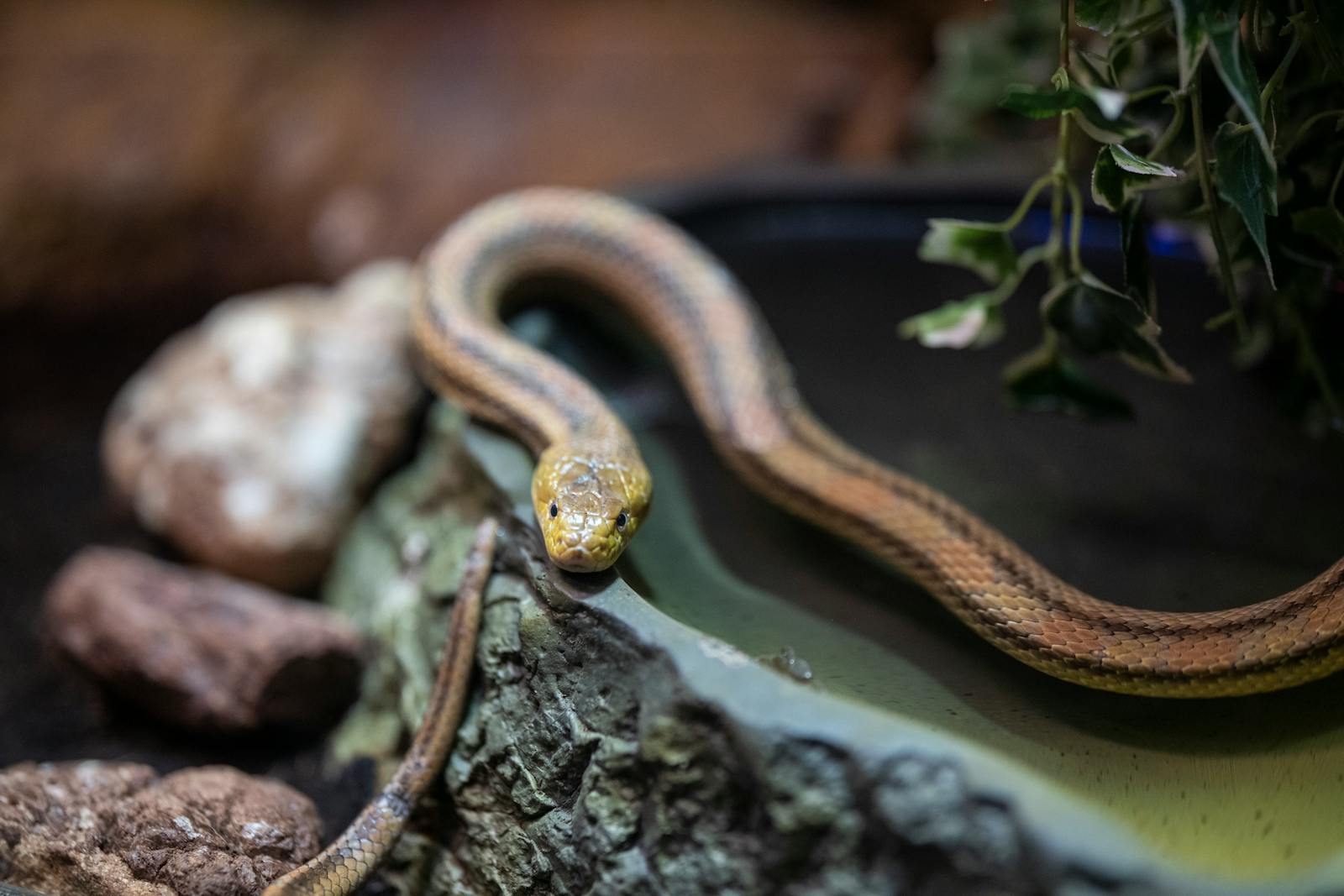Most people experience an instinctive fear when encountering a snake in the wild, often assuming the worst—that it’s venomous and dangerous. However, the vast majority of snakes you’ll encounter in most regions are completely harmless. Learning to quickly identify non-venomous snakes can transform your outdoor experiences from moments of panic to opportunities for appreciation and wonder. This skill not only reduces unnecessary fear but also helps protect beneficial snake species that play crucial roles in our ecosystems. With practice and knowledge of key visual cues, you can train your eye to make accurate identifications in seconds, giving you confidence during unexpected snake encounters.
Understanding Why Snake Identification Matters

Snake identification skills serve multiple important purposes beyond simply calming your fears. First, they help prevent the needless killing of beneficial non-venomous snakes that control rodent populations and maintain ecological balance. Second, knowing which snakes pose no threat allows you to safely observe these fascinating creatures from an appropriate distance without disrupting your activities. Third, accurate identification skills can be lifesaving in the rare event you encounter a venomous species, allowing you to make informed decisions about maintaining distance and seeking medical attention if necessary. Finally, becoming knowledgeable about local snake species deepens your connection to the natural world and enhances outdoor experiences with an appreciation for biodiversity.
Knowing Your Local Snake Species
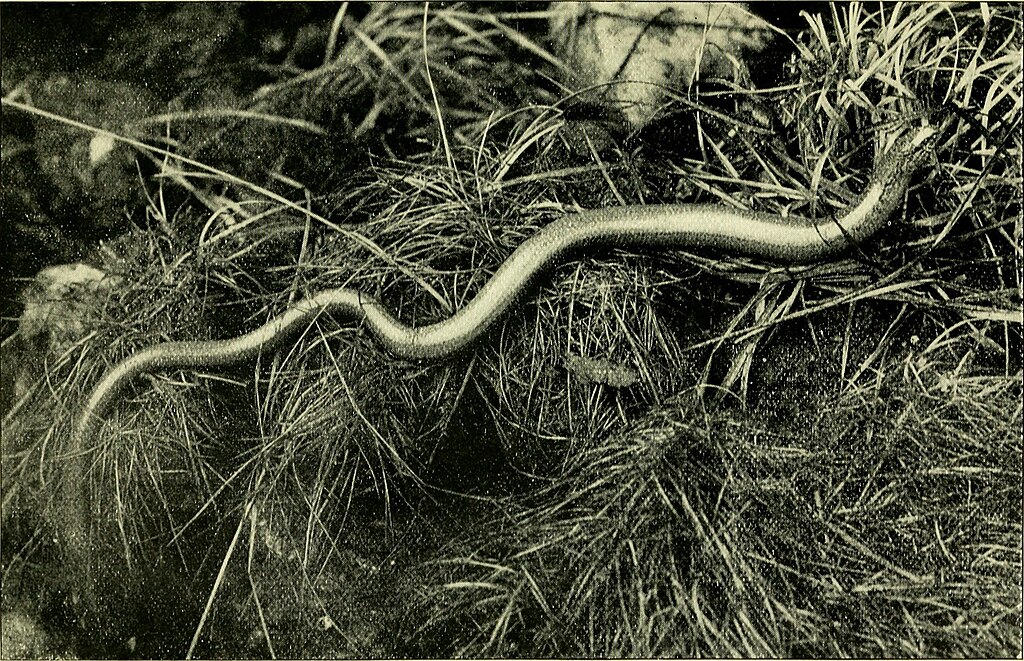
The foundation of quick snake identification is familiarity with the species native to your region. Most areas have only a handful of venomous snake species but dozens of non-venomous varieties. Obtain a local field guide or download a reputable snake identification app specifically covering your geographic region. Study the most common non-venomous snakes in your area until you can recognize their distinctive patterns, colors, and shapes. Learn which venomous species might be present locally so you know exactly what potential danger signs to look for. This regional knowledge provides critical context for all other identification techniques and should be your first educational step.
Head Shape as a Primary Identifier
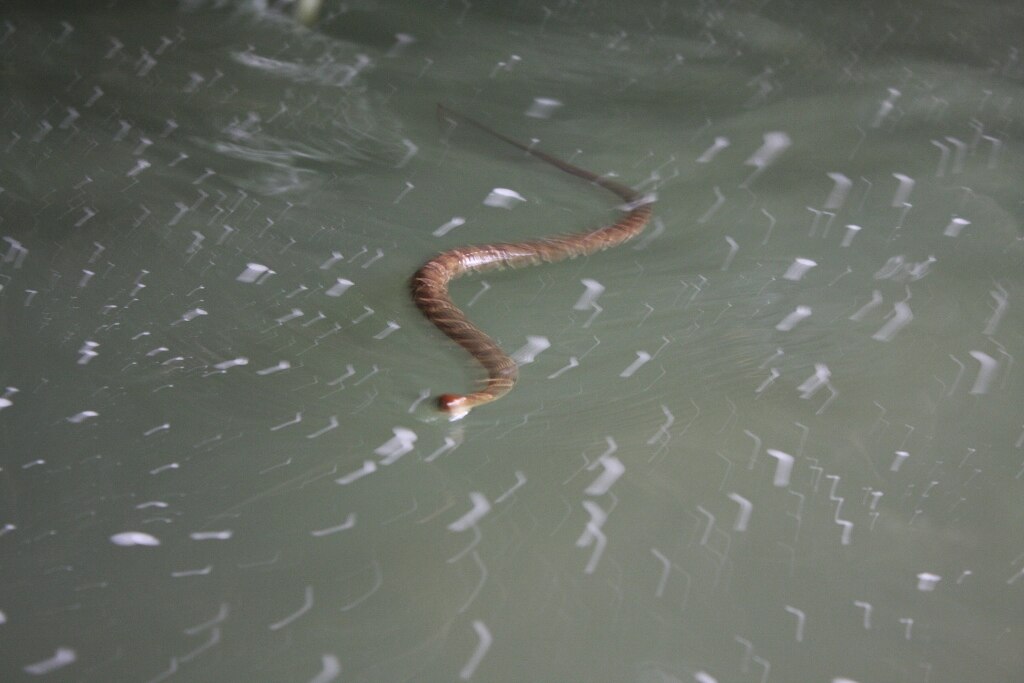
One of the most reliable ways to quickly identify a non-venomous snake is by observing its head shape. Most non-venomous snakes have a rounded or oval-shaped head that is only slightly wider than their neck, creating a smooth transition between head and body. In contrast, many venomous snakes (particularly pit vipers like rattlesnakes, copperheads, and cottonmouths) have distinctly triangular or arrow-shaped heads with a noticeable “neck” behind the head. This triangular shape accommodates their venom glands. While exceptions exist—some non-venomous snakes can flatten their heads when threatened to appear triangular—head shape remains a valuable first-glance indicator when combined with other characteristics.
Pupil Shape and Eye Characteristics
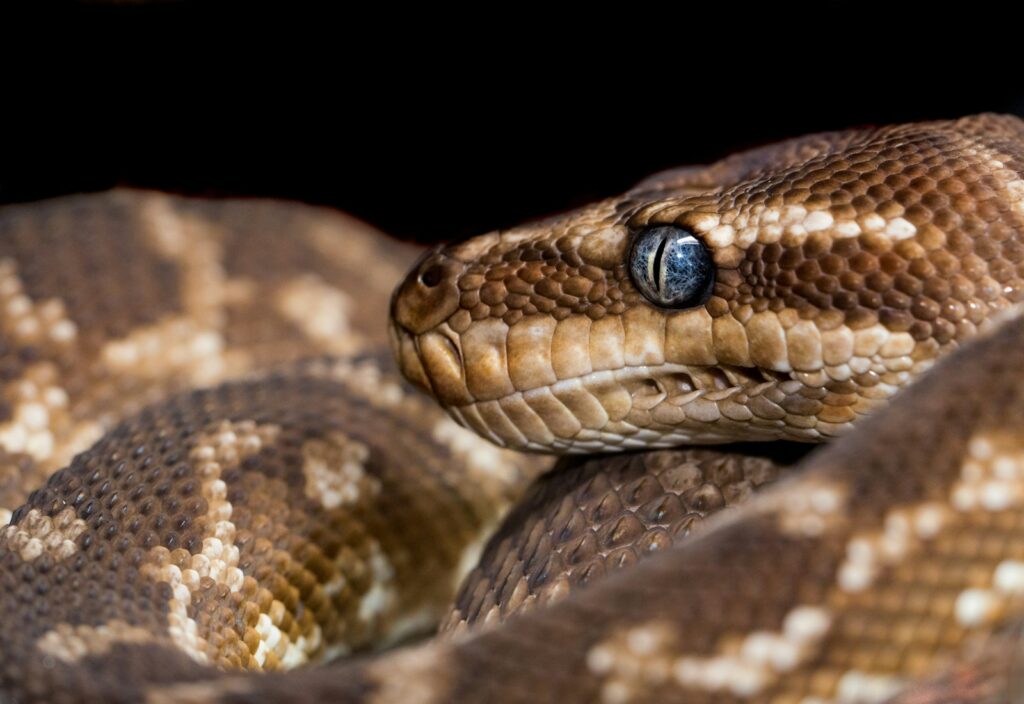
The shape of a snake’s pupils can provide instant information about its likely venomous status, though you’ll need to be at a safe observational distance to see this detail. Most non-venomous snakes have round pupils, similar to those of humans. In contrast, many venomous snakes, particularly pit vipers, have elliptical or vertical slit pupils (like a cat’s eye). Additionally, non-venomous snakes typically have eyes positioned more on the sides of their heads, while venomous species often have eyes set more forward-facing. Some non-venomous water snakes have slightly elliptical pupils, so this characteristic works best when confirmed with other identifying features.
Color Patterns and Body Markings
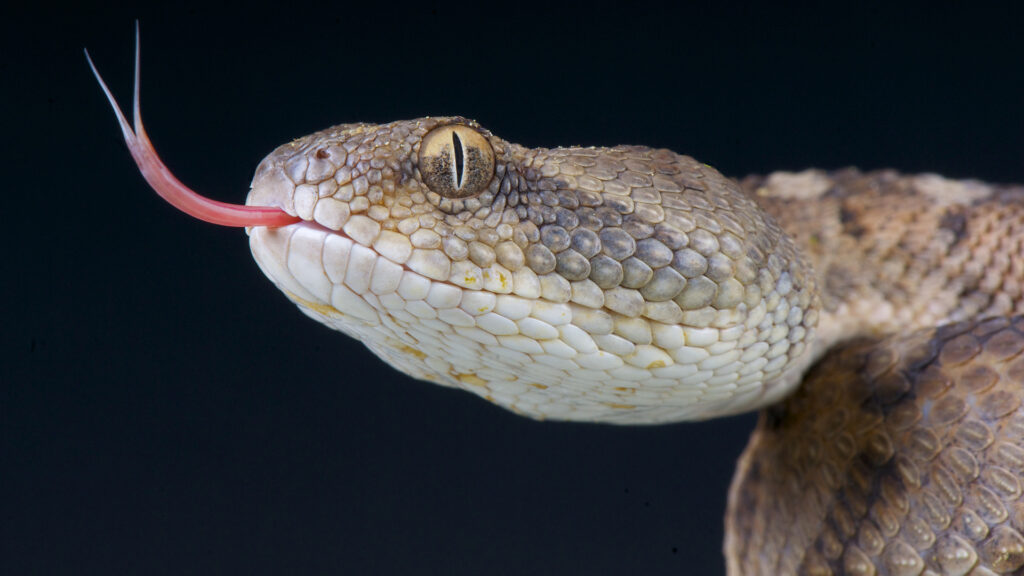
While incredibly diverse, color patterns can offer immediate clues about a snake’s venomous status when you’re familiar with local species. Many non-venomous snakes display uniform coloration, blotchy patterns, or longitudinal stripes running the length of their bodies. Venomous species often (though not always) have more distinctive geometric patterns—for example, the diamond pattern of rattlesnakes or the hourglass/saddle pattern of copperheads. Coral snakes follow the rhyme “red touch yellow, kill a fellow; red touch black, venom lack,” distinguishing them from similar-looking non-venomous king snakes. Learning the specific color patterns of common non-venomous snakes in your area trains your eye to recognize them instantly.
Body Shape and Proportions
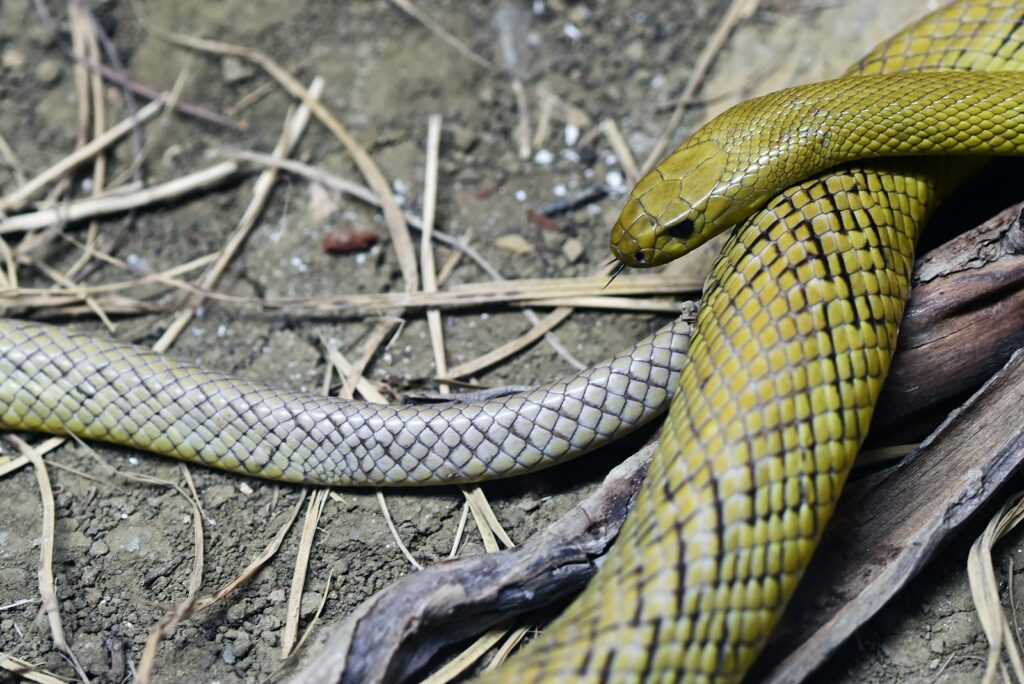
The overall body shape of a snake provides valuable identification information at a glance. Most non-venomous snakes have slender, evenly proportioned bodies with gradual tapering toward the tail. Many common non-venomous species like garter snakes, racers, and rat snakes have this characteristic slender profile. In contrast, venomous vipers often have thicker, more robust bodies with less gradual tapering, giving them a chunky appearance. This difference in body proportions relates to their hunting methods—many non-venomous snakes actively pursue prey and benefit from a streamlined build, while ambush predators like rattlesnakes have stockier bodies. Body shape assessment works best from a safe distance when you can see the snake’s entire form.
Scale Patterns and Texture
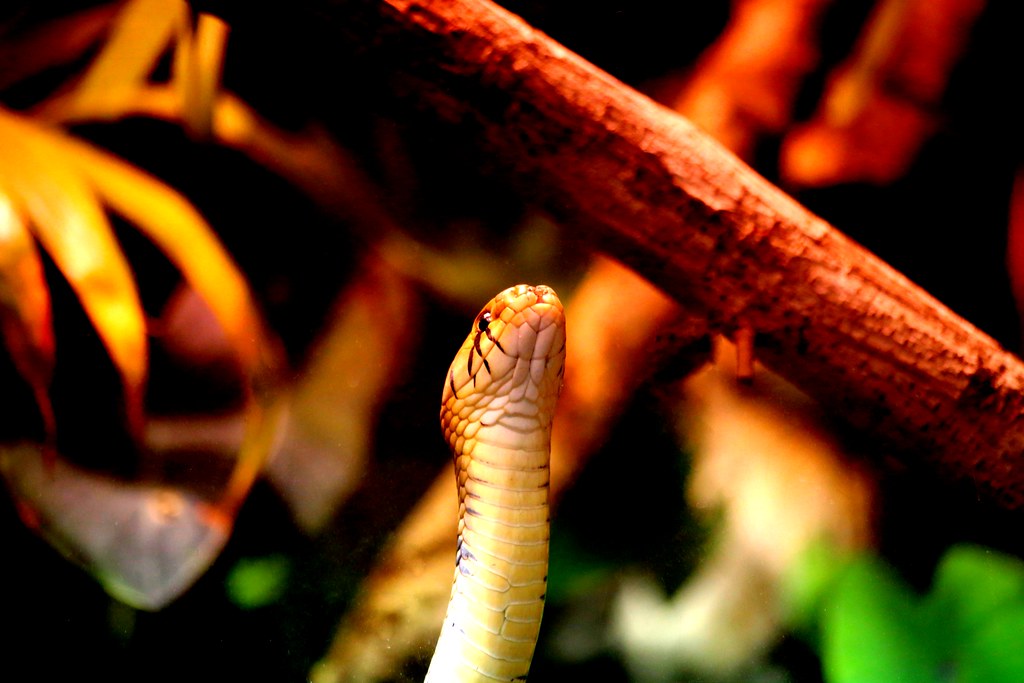
Scale patterns offer subtle but reliable identification clues for distinguishing non-venomous from venomous snakes. Most non-venomous snakes have smooth, glossy scales that give them a somewhat shiny appearance, particularly evident when sunlight reflects off their bodies. Many venomous vipers, by contrast, have keeled scales (with a ridge running down the center of each scale) that create a rougher, duller, or more textured appearance. The underside scales also differ—non-venomous snakes typically have two rows of scales from the vent to the tail tip, while most venomous species have a single row. While these details might require closer inspection than is safe with an unknown snake, they’re valuable confirmation points when viewed from a secure distance.
Behavior and Movement Patterns
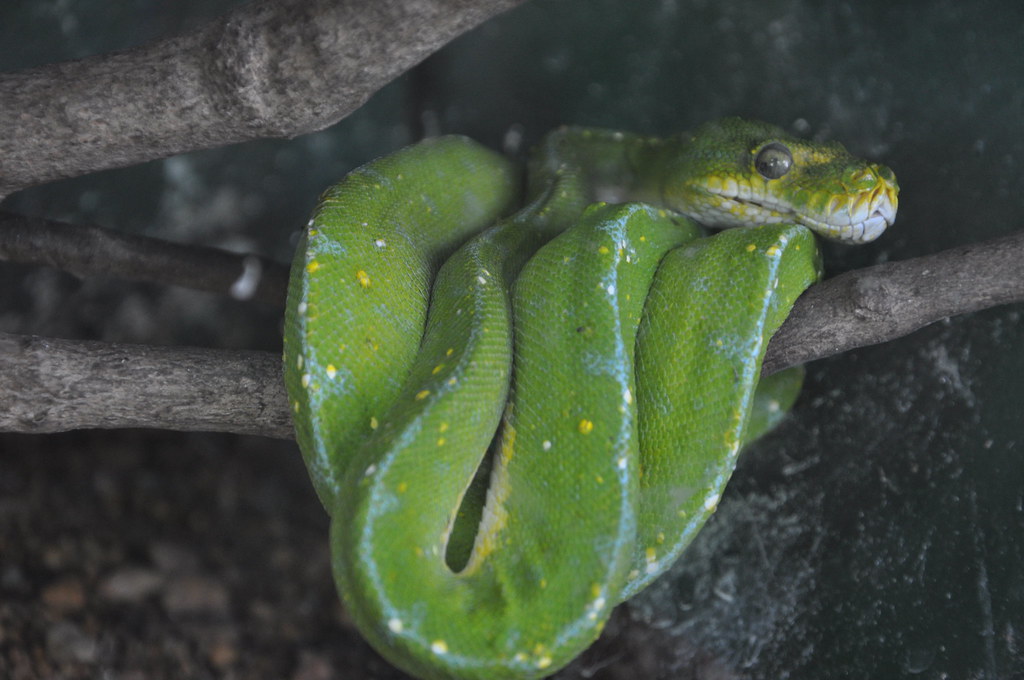
How a snake moves can provide immediate clues about its species and potential danger. Many non-venomous snakes move in a smooth, flowing S-shaped motion when traveling across open ground. Species like racers and coachwhips are known for their quick, direct movements away from perceived threats. In contrast, many venomous snakes, particularly rattlesnakes and copperheads, move more deliberately and slowly in a rectilinear (straight-line) or sidewinding motion. Non-venomous snakes are more likely to flee quickly when encountered, while venomous species may stand their ground in a defensive posture. Defensive behaviors like hissing, mock strikes with closed mouth, or rapid tail vibration can occur in both venomous and non-venomous species and shouldn’t be used as sole identification criteria.
Habitat and Location Context
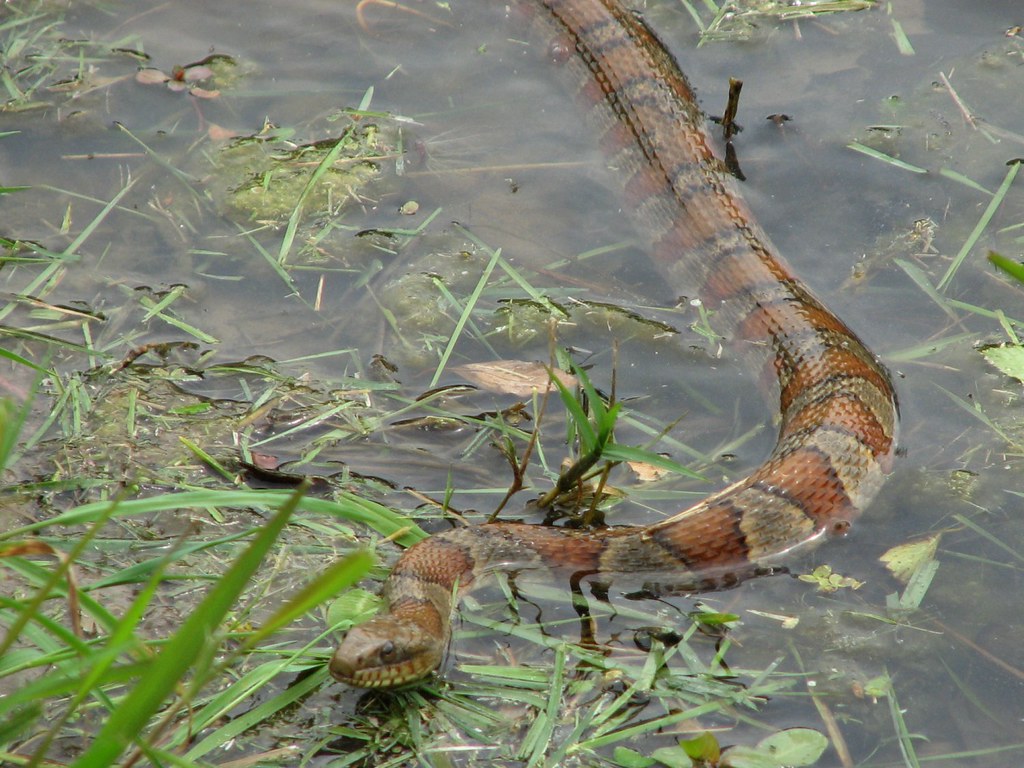
Where you encounter a snake provides important contextual clues for rapid identification. Many non-venomous species have specific habitat preferences that differ from their venomous counterparts. For example, rat snakes are excellent climbers often found in trees or on structures, while garter snakes frequently inhabit wet meadows and suburban gardens. In contrast, venomous snakes like copperheads prefer forest edges and rocky outcroppings, and rattlesnakes often inhabit dry, rocky terrain with good sunning opportunities. Knowing which snake species typically inhabit the specific environment you’re in—whether that’s a wetland, forest, desert, or suburban area—gives you a head start on making an accurate identification by narrowing the possibilities.
Size and Proportion Considerations
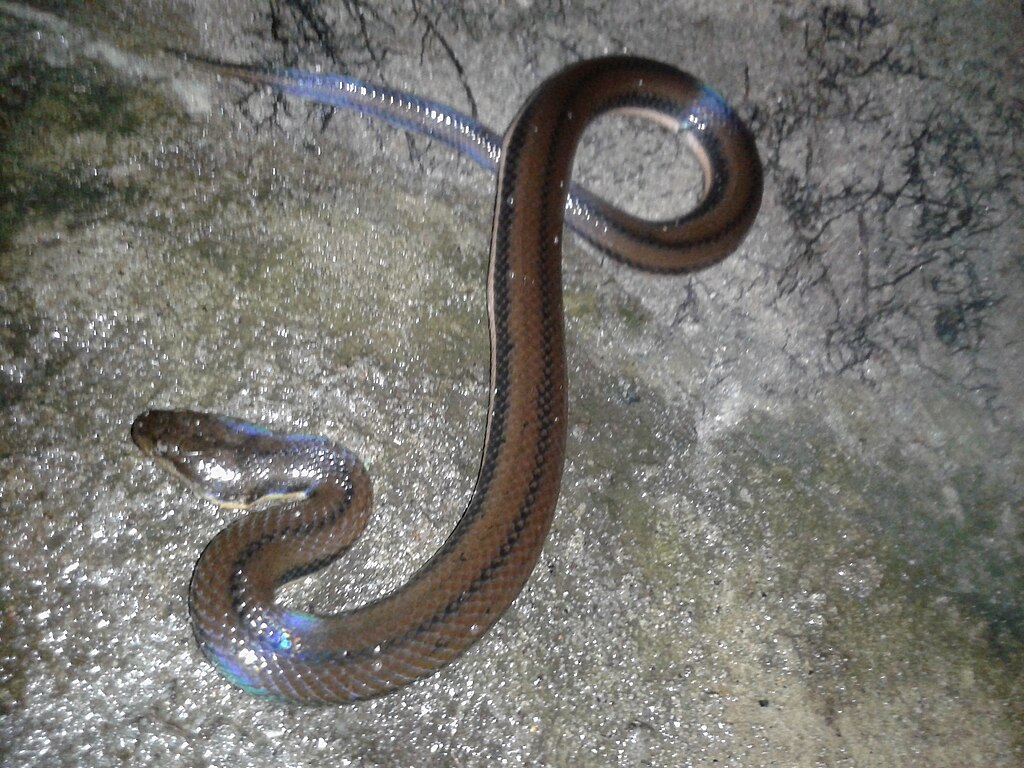
A snake’s size and proportions can offer immediate identification clues when you’ve learned typical dimensions of local species. Many common non-venomous snakes like garter snakes and ring-necked snakes are relatively small, rarely exceeding three feet in length, with slender bodies proportional to their size. Others, like rat snakes and racers, can grow quite large but maintain their slender profile. Venomous vipers typically have a more substantial girth relative to their length, appearing stouter with proportionally larger heads. The tail length relative to overall body length also varies—many non-venomous snakes have longer, more gradually tapering tails compared to the shorter, more abruptly tapering tails of venomous species.
Distinguishing Between Look-Alike Species

Several non-venomous snakes have evolved to mimic the appearance of venomous species as a survival strategy, making identification challenging even for experienced observers. The most famous example is the scarlet king snake mimicking the venomous coral snake, but numerous others exist—water snakes are often mistaken for cottonmouths, and hognose snakes can flatten their heads to resemble vipers. Learning the subtle differences between these look-alikes is crucial for accurate identification. Focus on multiple characteristics simultaneously rather than just one feature—for example, water snakes have round pupils, banded patterns that break up on their sides, and lack the facial pits of cottonmouths. With practice, you’ll detect these distinction points almost instantaneously.
Using Technology for Instant Identification

Modern technology offers powerful tools for immediate snake identification when your trained eye needs confirmation. Several smartphone apps use artificial intelligence to identify snake species from photographs with remarkable accuracy. Apps like iNaturalist, Snake ID, and regional wildlife identification apps can provide instant species information, venom status, and range maps. Many of these platforms also connect to communities of experts who can verify identifications in uncertain cases. Some apps even work offline, making them valuable resources in remote areas without cellular service. While technology shouldn’t replace developing your own identification skills, it provides an excellent backup system and learning tool as you train your eye.
Practicing Safe Observation Techniques
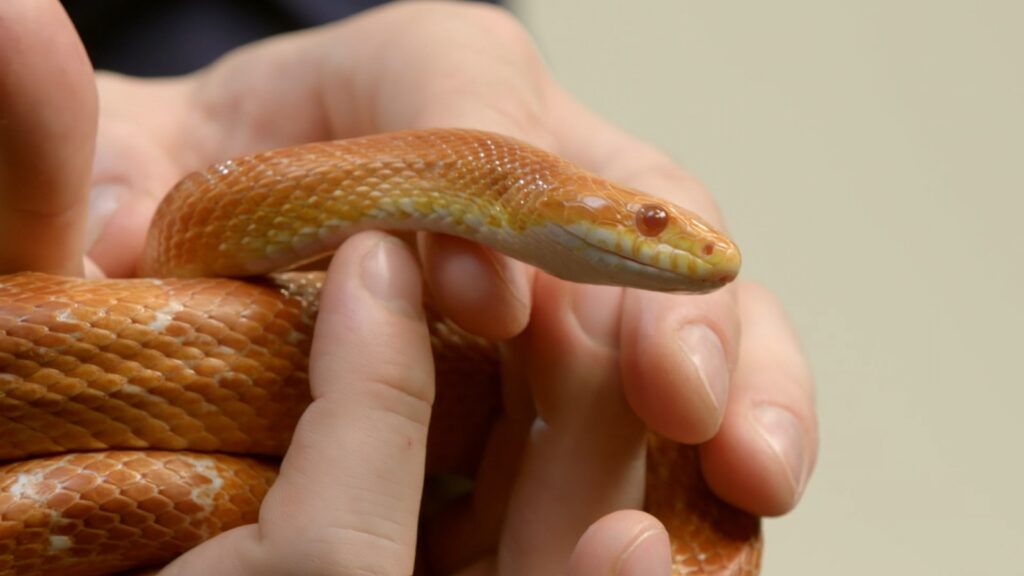
Training your eye to identify non-venomous snakes requires practice, but safety must always be the priority during this learning process. Always maintain a respectful distance of at least 6 feet from any snake you’re attempting to identify in the wild. Use binoculars or zoom camera lenses to observe details like pupil shape and scale patterns without approaching closely. Never attempt to handle, disturb, or corner a snake for better viewing—this puts both you and the snake at unnecessary risk. Practice your identification skills through photographs, videos, nature center exhibits, and guided field trips with experienced naturalists before testing them independently in the wild. Remember that even non-venomous snake bites, while not medically serious, can be painful and cause infections if provoked.
Putting It All Together: The Rapid Assessment Process

With practice, you can develop a systematic, almost instantaneous mental checklist for identifying non-venomous snakes. When you spot a snake, quickly note the head shape, body proportions, and any visible patterns while maintaining a safe distance. Consider the habitat context and what species are likely in that location. If conditions permit safe observation, look for specific identifying features like pupil shape and scale texture. Compare what you see against your mental database of common local species. This entire assessment can happen in seconds once you’ve trained your eye through consistent practice and study. Even with rapid identification skills, always err on the side of caution—if you cannot positively identify a snake as non-venomous, treat it with the respect due a potentially venomous species by maintaining distance and allowing it to move away undisturbed.
Conclusion

Developing the ability to instantly identify non-venomous snakes transforms potential moments of fear into opportunities for appreciation and learning. With consistent practice focusing on key characteristics like head shape, pupil form, color patterns, and body proportions, this skill becomes almost second nature. Remember that this knowledge serves multiple purposes—it protects beneficial snake species from unnecessary harm, enhances your outdoor experiences, and gives you confidence during unexpected encounters. As your identification skills improve, you’ll likely find yourself developing a newfound respect for these remarkable creatures and their ecological importance. The ultimate goal isn’t just quick identification but a deeper connection to the natural world and its diverse inhabitants.

